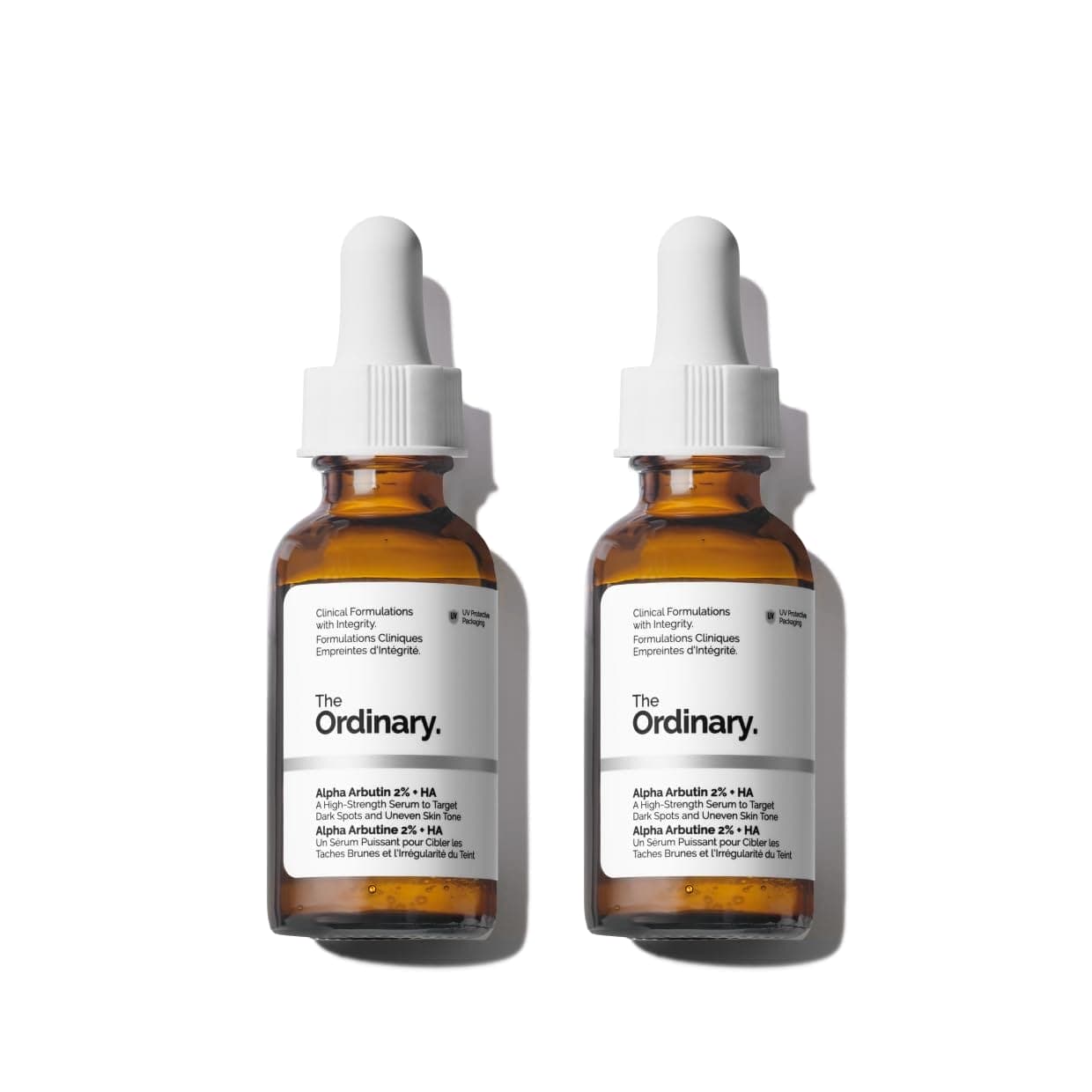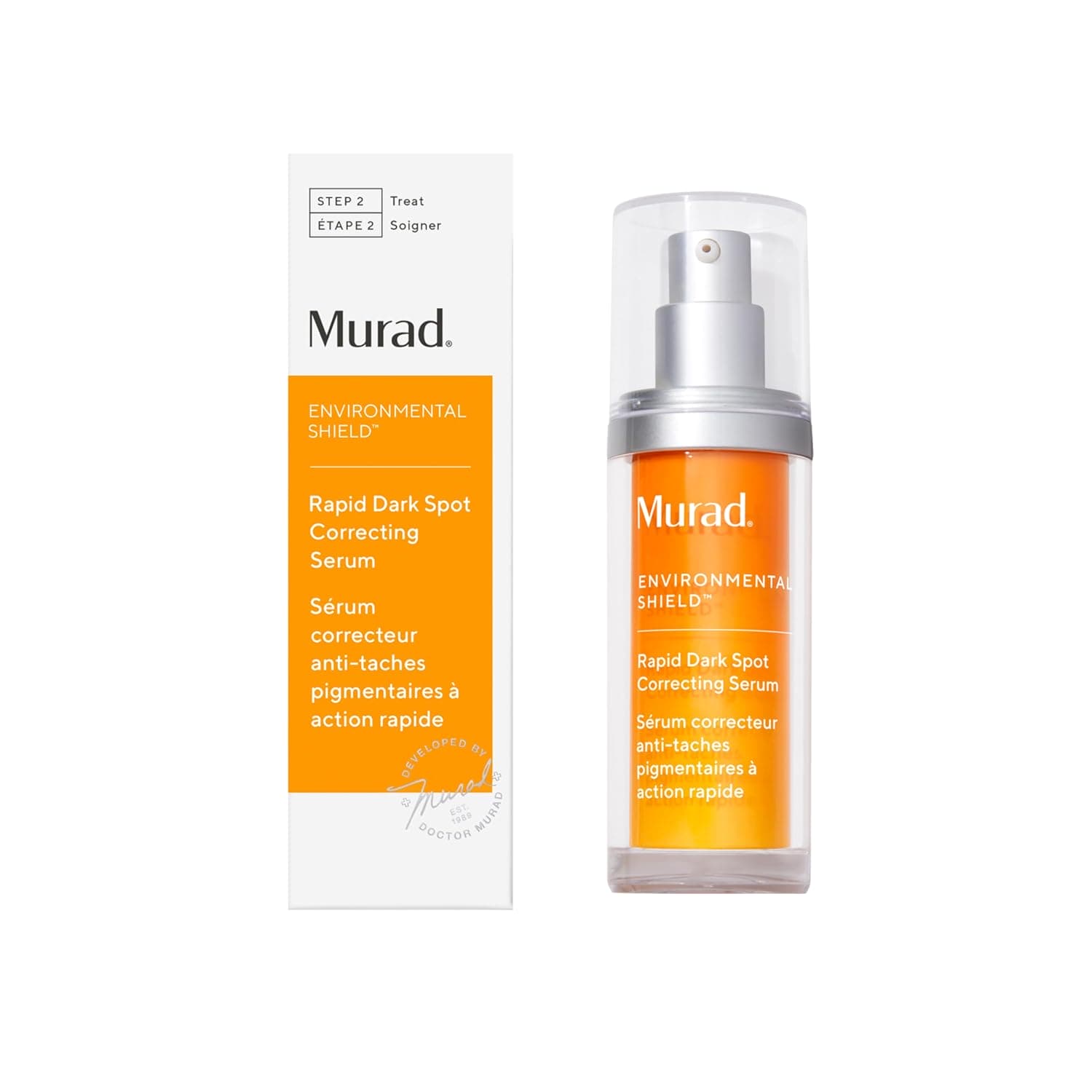If you click on links we provide, we may receive compensation.
Pregnancy feels magical until a mirror shows a mosaic of chocolate-brown patches across the cheeks and forehead. Those shapes arrive quietly, then linger like watercolor on handmade paper. Dermatologists call the pattern melasma; expecting parents call it a mask. Up to seven in ten pregnant people meet this new face in the second or third trimester, and some carry it long after delivery – an emotional tax on a joyful season. (Parents) The condition is harmless, yet the worry it sparks is real, prompting a search for clear answers, reliable science, and gentle solutions.
You will not read hype here. Instead, you will see what sparks the stains, why they appear more often in women and medium-to-dark skin tones, and the ways doctors soften or erase them. Treatments vary from drugstore serums to clinic lasers, yet every approach starts with one rule: defend the skin from light every single morning.
What Makes the Mask Appear
Melasma sits inside a broader story of pigment production. In healthy skin, melanocytes craft melanin to guard DNA from ultraviolet damage. When those cells misread environmental and hormonal cues, they build extra pigment and arrange it in wide, symmetrical patches rather than pinpoint freckles. Cleveland Clinic describes the result as coffee-colored macules that prefer cheeks, temples, and upper lip – areas that catch the most sun. (Cleveland Clinic)
Across populations, published studies show a prevalence swinging from five percent in lighter phototypes to nearly half of adults in regions with intense sunlight and darker skin tones. (Lippincott Journals) The numbers climb sharply during pregnancy because estrogen and progesterone surge, amplifying tyrosinase – the enzyme that drives melanin assembly.
The Hormonal Story
Estrogen does not act alone. Researchers note that thyroid dysfunction, oral contraceptives, and hormone replacement therapy can spark or deepen melasma. Genetic memory matters too; up to 60 percent of patients report a relative with similar patches. Dermatologists now suspect that subtle vascular changes feed the disorder, explaining why some lasers that target blood vessels lighten pigment even when they never touch melanin directly.
The placenta adds another layer. Placental growth factor leaks into circulation late in pregnancy, heightening vascular permeability and possibly coaxing melanocytes to overproduce pigment. While the science is still unfolding, the takeaway is simple: once hormones normalize postpartum, melasma often fades but rarely vanishes without help.

Sunlight Heat and Other Triggers
Ultraviolet B grabs headlines, yet UVA, visible blue light, and infrared heat all press the gas pedal. Blue light from phones and laptops penetrates deeper than UVB and stimulates OPSIN-3 receptors inside melanocytes, a pathway unaffected by classic chemical sunscreens. Mineral filters rich in iron oxides absorb that spectrum, which is why tinted SPF earns first place in any daily plan. Sweating in a hot kitchen or lingering in a sauna can be just as provocative because heat alone switches on melanogenesis.
For patients with darker Fitzpatrick types the stakes are higher: they tan readily, burn slowly, and develop longer-lasting hyperpigmentation. Therefore, sun hats, umbrellas, car window tint, and even staying indoors during midday can hold equal weight with prescription creams.
Diagnosing the Pattern
Clinicians spot melasma by its map-like borders, symmetry, and predilection for forehead, cheeks, nose, and jaw. A Wood lamp may reveal whether pigment sits superficially in the epidermis – easier to treat – or sinks into the dermis, where clearance runs slower and relapse lurks. Biopsy is rarely needed.
Severity is graded with the Melasma Area and Severity Index (MASI), a numerical tool guiding therapy and research trials. Patients often photograph their skin monthly under identical lighting to track changes that eyes alone might miss.
Building a Gentle Daily Plan
Treatment begins before any active ingredient touches skin. A fragrance-free cleanser, bland moisturizer, and broad-spectrum sunscreen lower baseline inflammation, which otherwise hampers success. Dermatologists recommend at least SPF 30 every morning, reapplied after two hours outdoors. Tinted mineral formulas with iron oxides extend protection into the visible range. Popular options include La Roche-Posay Anthelios Mineral Tinted SPF 50 and EltaMD UV Clear SPF 46, both lightweight and reef-safe.
Those unready for mineral filters sometimes layer a chemical sunscreen under a tinted mineral powder, capturing broad wavelengths without a chalky cast. Physical accessories matter too: a three-inch-brimmed hat cuts facial UV by half while polarized sunglasses shield periorbital skin that often darkens first.

Active Ingredients That Fight Back
Hydroquinone remains the gold standard, blocking tyrosinase and lifting epidermal pigment. The American Academy of Dermatology lists it as first-line therapy when used at 4 percent for up to five months, sometimes paired with retinoids and mild steroids in a triple cream that speeds results. (American Academy of Dermatology) Over-the-counter options top out at 2 percent, yet patients still note gradual brightening with diligent use.
Azelaic acid, kojic acid, alpha arbutin, niacinamide, cysteamine, and tranexamic acid round out the topical repertoire. Many dermatologists reach for azelaic acid because it is pregnancy-safe and calms redness on rosacea-prone faces. Tranexamic acid, an oral clot-busting drug, appears effective topically and orally at low dose, especially for recalcitrant cases.
Consumers now enjoy a robust shelf of evidence-based blends, such as:

Paula’s Choice 10 % Azelaic Acid Booster for redness-prone skin. https://amzn.to/4jEulji

The Ordinary Alpha Arbutin 2 % + HA for budget-friendly brightening https://amzn.to/3Hv1Fw2

SkinCeuticals Discoloration Defense with 3 % tranexamic acid. https://www.skinceuticals.com/skincare/serums/discoloration-defense/S25.html

Murad Rapid Dark Spot Correcting Serum packing resorcinol plus glycolic acid. https://amzn.to/444Kha1

Obagi Nu-Derm Clear Fx – an arbutin-rich formula favored by clinicians for nearly two decades. https://amzn.to/4jCUEGV
Each serum earns its place by targeting a different rung on the melanogenesis ladder, making combination regimens both logical and safe when introduced slowly.
Office Procedures and Their Limits
When creams plateau, clinics offer chemical peels, microneedling with tranexamic acid infusion, fractional lasers, and intense pulsed light. The goal is controlled injury: lifting superficial pigment while coaxing new collagen that scatters the appearance of residual melanin. Yet melasma punishes impatience. Aggressive settings may provoke rebound hyperpigmentation, especially in skin of color.
Dermatologists often begin with a gentle 20 % salicylic-mandelic blend or a 30 % glycolic acid peel, spaced four weeks apart. For lasers, the 1927 nm thulium and low-fluence Q-switched Nd:YAG deliver energy in short bursts that target pigment while sparing surrounding tissue. Sessions are paired with strict post-procedure sunscreen and ongoing topical therapy to lock in gains.
Oral tranexamic acid at 250 mg twice daily has emerged as a promising systemic aid, cutting MASI scores by up to 49 percent in twelve-week trials, though the off-label use demands a thrombosis risk assessment and should not be used during pregnancy or by individuals on estrogen therapies.
Holding the Gains
Melasma relapses; that reality tempers every expectation. Once patches fade the regimen shifts from correction to maintenance – lighter dosages, less frequent actives, endless sunscreen. Patients often adopt a Monday-Wednesday-Friday schedule for hydroquinone or rotate with non-hydroquinone serums to prevent irritation and tachyphylaxis. Even winter sun can backslide progress, so tinted SPF remains non-negotiable year-round.
Psychological support deserves mention. Clinical surveys reveal that women with facial melasma score lower on quality-of-life indices than peers with acne. Support groups, candid dermatologist visits, and cosmetic camouflage lessons lighten emotional weight while medical therapy works beneath.
Why Early Action Matters
Hyperpigmentation compounds over time; each flare sets a deeper template for future flares. Starting treatment early, especially in the first trimester or at the first hint of pigment, reduces the total melanin load and shortens recovery. Expecting mothers unable to use prescription actives can still deploy iron-oxide sunscreen, wide-brim hats, and vitamin C serums to curb the process until postpartum options widen.
No single cure exists today, yet layered defense – sun avoidance, barrier support, multitarget topicals, cautious procedures – transforms a stubborn mask into faint watercolor and, with luck, into memory. Science continues to refine peptide inhibitors, oral antioxidants, and laser protocols that promise safer, faster clearance. Until then, persistence and protection remain the strongest tools in a patient’s kit.




